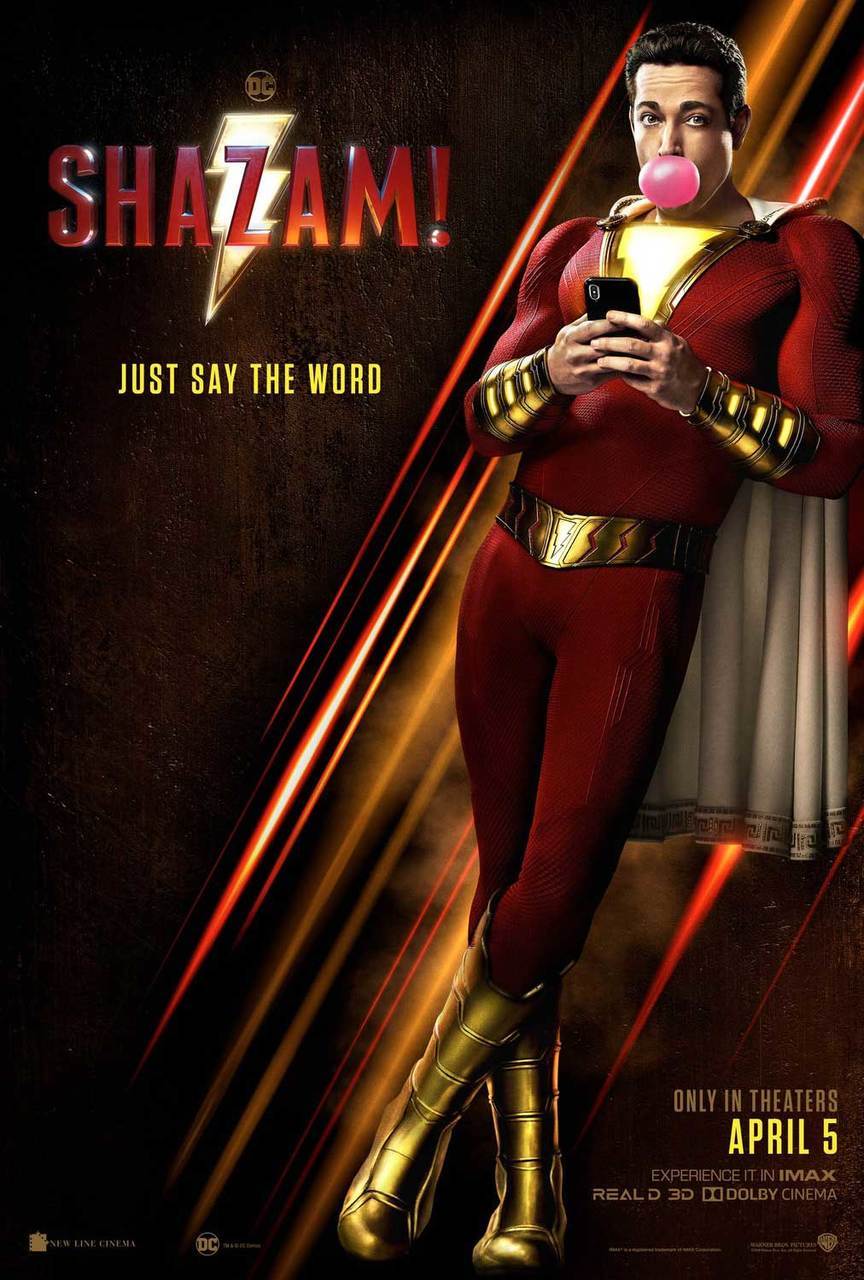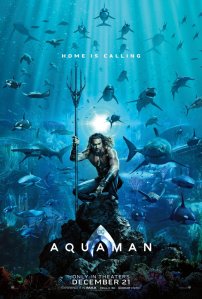
Written by Tom
[Previously: The DC Cinematic Universe vs. the World – The Story So Far]
Shazam! is the DCEU’s hidden gem. The sole entry in the mainline DCEU to have nothing to do with Harley Quinn or the Justice League, it seems to have become the film that’s most commonly forgotten when talking about the franchise overall. It also can’t have helped that the film sits pretty thoroughly in the shadow of Aquaman – director David F. Sandberg got the job because he had worked with Aquaman director James Wan on his Annabelle films, and it directly continues many of the techniques and tones which Aquaman brought to the table. This is very unfair on Shazam! though, ignoring the many things which are unique to it while underselling just how much the DCEU needed a “business as usual” film at the time.
You see, the story of the DCEU up until Aquaman is that of a franchise tearing itself apart. Each film either tries to encapsulate the DCEU house-style while visibly failing or is a direct attempt to reconfigure that house-style into something new. It’s not really until Aquaman that you get a film which feels like a DCEU movie while also feeling stable enough to be repeatable. As such, what the series really needed post-Aquaman was a film to successfully redo what Aquaman did while still turning a profit, proving that the DCEU finally had a workable set-up that future films could use. That’s what Shazam! did.
So what is this new aesthetic? Well let’s be honest, it’s basically the decision to be colourful and fun. Shazam! tells the story of teenager Billy Batson who becomes the superhero Shazam after being given powers by an ancient wizard. It pitches this story as a straightforward comedy, actively mining the disjunct between Billy Batson’s teenage immaturity and the hypermasculine iconography of Shazam for all its worth. This mining then feeds into Shazam!‘s thematic concerns. Upon gaining his powers, Billy’s first actions are to buy beer, go to a strip club and become YouTube famous. These are all adult activities but they’re the types of adult activities that a young boy would want to do first. So we get a film which is about combining childish spaces with adult ones, using the duality of its main character to skip from one to the other with glee.
(more…)
